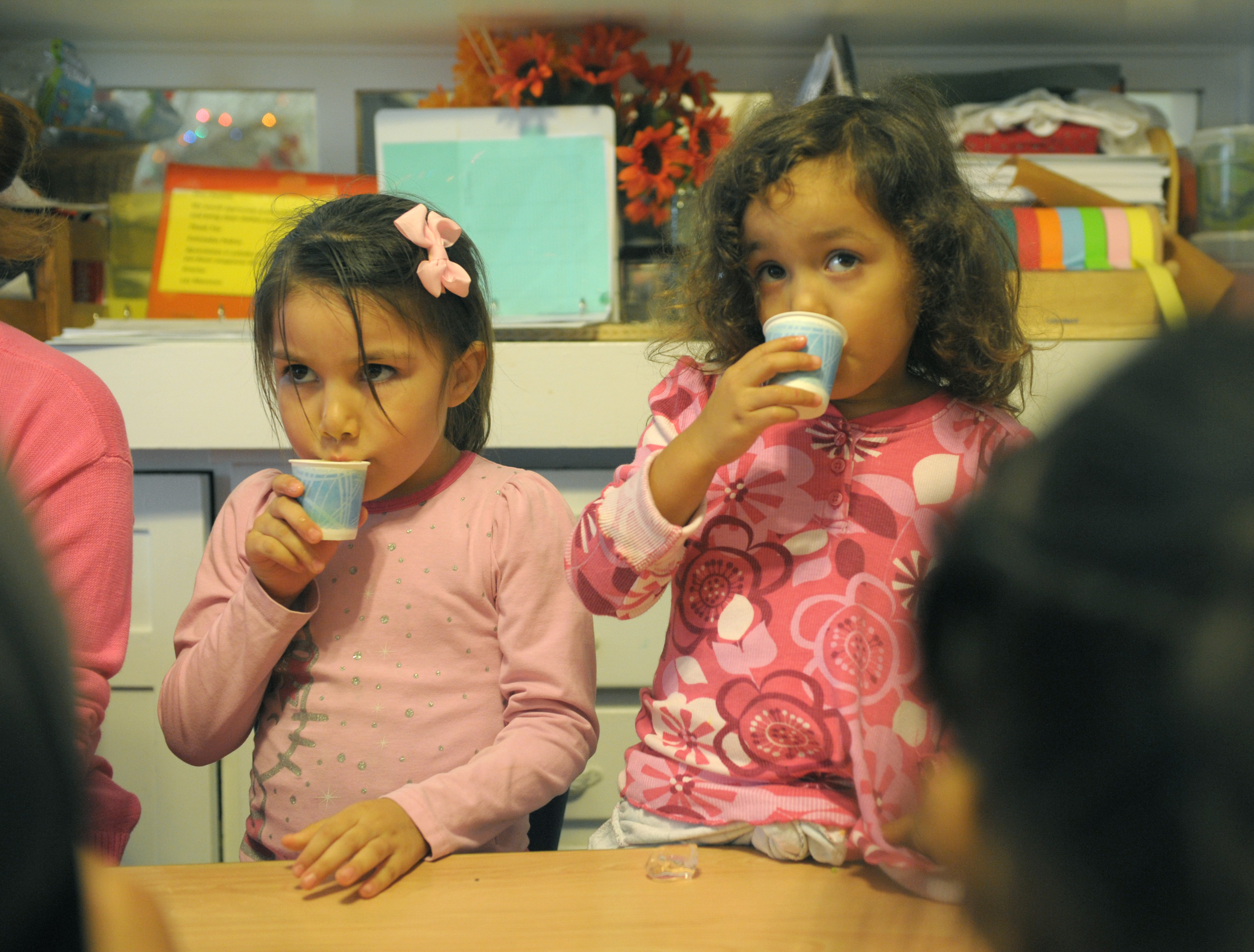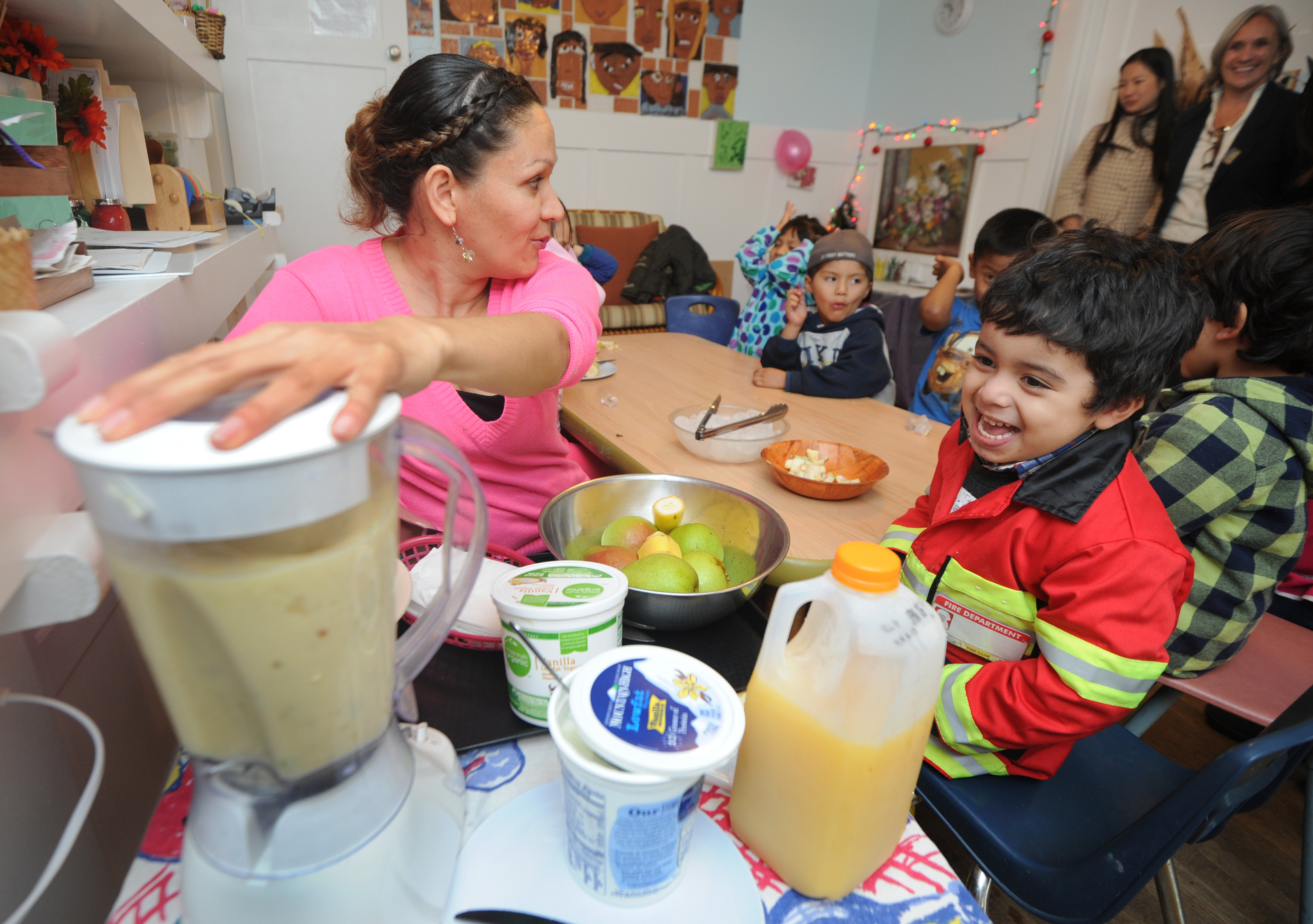Hungry on the Holidays
Working Families, Seniors, Soldiers Struggle for Food

Over the next two weeks, as Santa Barbarans sip on eggnog and slice into holiday roasts, it’ll be hard to remember that one in four of their neighbors needs help getting enough to eat.
This year, the Foodbank of Santa Barbara County served 140,575 people — a full quarter of the county’s population — who often forgo square meals to keep their lights on or pay for medication. Most eat food past its expiration date, water down drinks, or pawn their property; nearly 80 percent say they eat fast food because they can’t afford healthier options. And though the Foodbank’s homeless clients capture a lot of public attention, they are only a fraction — 7 percent — of those served. The rest are farm hands in the north, service workers in the south, and low-income residents all over.
Feeding America, a national hunger-relief organization, issued a report this week that details the grim but repressed realities of “food insecurity” at local levels. Santa Barbara ranked 14th worst out of California’s 58 counties in terms of meeting its residents’ daily food needs. Last year, it was 15th. “[The] faces of food insecurity and hunger may not stand out from the crowd, but the poverty of working families and the day-to-day trade-offs that the study brought to light are alarming,” said Foodbank CEO Erik Talkin.

The report also highlights the demographics of hunger. Of the Foodbank’s participants this year, 35 percent were children and 15 percent were seniors; 65 percent were Latino, 38 percent were white, and 3 percent were black; 17 percent of client households included a military veteran or active service member; and 38 percent of households receive benefits from SNAP (the Supplemental Nutrition Assistance Program, formerly the Food Stamp Program). In a separate report released by the U.S. Conference of Mayors this week, 80 percent of the city residents requesting food assistance live in families and 70 percent are employed.
Talkin said even though the economy is climbing out of the Great Recession, food security hasn’t seen a corresponding increase because people continue to work lower wage jobs and can’t reach reasonable levels of financial comfort. The lack of awareness is often rooted in shame, he said. “It’s not something people want to talk about,” he explained. “You want to keep it secret if you don’t have enough money for groceries.”
In tandem with shifting demographics, more and more seniors and “pre-seniors” — those in their late fifties or early sixties who are close to retirement but struggling to find work in the meantime — are asking for help, Talkin said. He also pointed to the notably high number of military households that have a hard time putting food on the table while their breadwinner is overseas. People tend to think the government takes care of such families, but that’s too often not the case, Talkin said.

Feeding America paid special attention to health issues, noting the frequency of high blood pressure, diabetes, and obesity among those struggling with food security. Equally, many of Foodbank’s 330 nonprofit partners include an educational element in their services, Talkin went on. “It’s not just distribution,” he said. “We try to teach people how to be healthy on just a little bit of money.” Last year, the Foodbank distributed 9.3 million pounds of food, half of which was fresh produce. But with the drought drying up fields all over the state, locally sourced fruits and veggies are getting harder and harder to come by.
Tuesday morning at Storyteller Children’s Center on De la Vina Street, Maria Lopez made a pear and banana smoothie with a group of low-income and homeless 4-year-olds. She showed them how to cut the fruit with plastic knives and scoop vanilla yogurt. If it wasn’t raining, they might have had their lesson near the backyard vegetable garden. The kids — visibly jazzed by their creation — went back to their parents with more fruit and a recipe. Recently, they prepared broccoli, put together a black bean salad, and made guacamole, all part of the Foodbank’s FLIP (Food Literacy In Preschool) program that translates to healthier eating habits for their whole families, said Storyteller director Terri Allison.
With the ultimate goal of shepherding children into successful school careers, the center makes the food lessons fun for the kids but also takes them seriously. As Allison put it, “If you’re not hungry, you can pay attention.”



